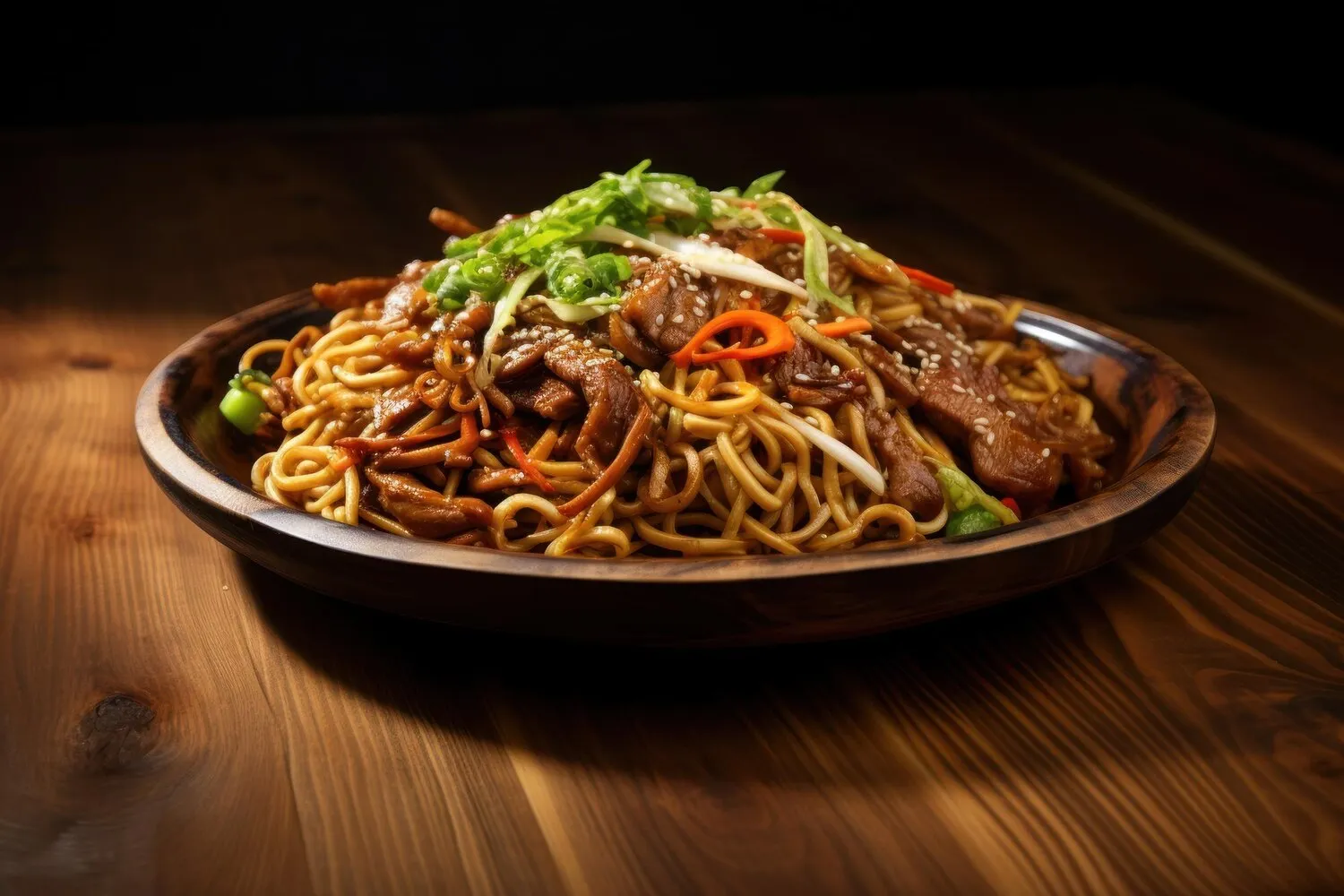
Pho
Vietnamese noodle soup
Nutrition Facts
* The % Daily Value (DV) tells you how much a nutrient in a serving of food contributes to a daily diet. 2,000 calories a day is used for general nutrition advice.
THE CUP Rice & Noodle
Pho's origins are traced to the early 20th century in northern Vietnam, likely emerging from the influence of French colonialism and local culinary traditions. Some believe it evolved from the French beef stew, pot-au-feu, while others suggest it was influenced by Chinese noodle soups. The dish quickly gained popularity and spread throughout Vietnam.
Pho is more than just a meal in Vietnam; it's a cultural icon, deeply ingrained in the daily lives of Vietnamese people. It represents comfort, community, and the rich culinary heritage of the country.
Breakfast Staple
Pho is a popular breakfast food in Vietnam, often eaten at street stalls or in homes to start the day. It provides a warm and nourishing meal to fuel the morning.
Regional Variations
While the fundamental elements of Pho remain consistent, regional variations exist throughout Vietnam. Northern Pho (Pho Bac) is often characterized by a clearer broth and simpler presentation, while Southern Pho (Pho Nam) tends to be sweeter and more richly garnished.
Symbol of Vietnamese Identity
Pho has become a symbol of Vietnamese identity, both within the country and abroad. It's often one of the first dishes that foreigners associate with Vietnamese cuisine.
Pho is characterized by its aromatic broth, tender meat, and fresh herbs, creating a complex and satisfying flavor profile.
The broth, the heart of Pho, is traditionally made by simmering beef bones (or chicken bones for chicken pho) for hours with aromatics like roasted ginger, charred onions, star anise, cloves, cinnamon, and coriander seeds. Fish sauce, sugar, and salt are added for seasoning. Rice noodles, banh pho, are added to the bowl. Thinly sliced beef (typically rare steak, brisket, or flank) or shredded chicken is then placed on top. Finally, it's garnished with a variety of fresh herbs like cilantro, Thai basil, mint, and bean sprouts. Common additions include lime wedges, chili sauce (Sriracha), and hoisin sauce for personalized flavor adjustments.
Broth is Key
The broth is the foundation of Pho, so take the time to simmer it properly. Use high-quality bones and aromatics, and skim off any impurities that rise to the surface during the simmering process.
Char the Aromatics
Charring the onions and ginger before adding them to the broth helps to develop their smoky flavor and enhance the overall aroma of the soup.
Fresh Herbs are Essential
Don't skimp on the fresh herbs! They add a vital layer of flavor and freshness to the dish. Use a variety of herbs, such as cilantro, Thai basil, mint, and bean sprouts.
Noodle Quality
Use quality rice noodles that have the right texture. Don't overcook the noodles, they should be tender but still have a slight bite.
Explore additional Asian dishes and restaurants
Explore AsianDiscover top dining spots and culinary experiences in Montpellier.
Explore MontpellierLearn more about the food culture, restaurant scene, and culinary heritage of France.
Explore France